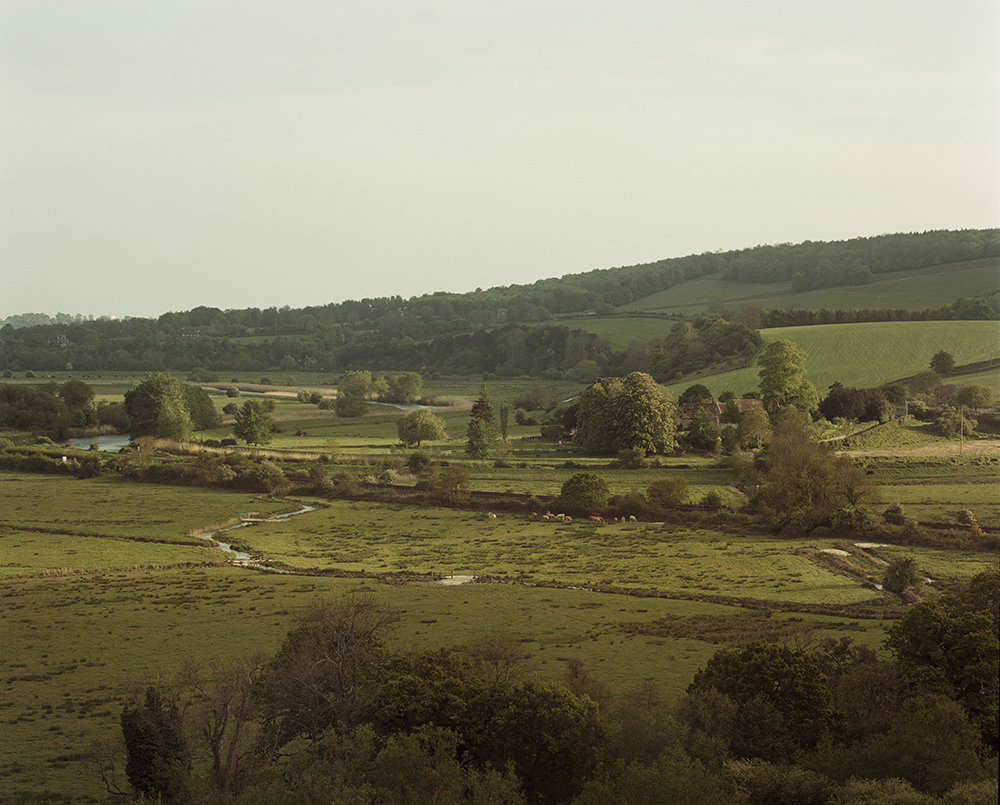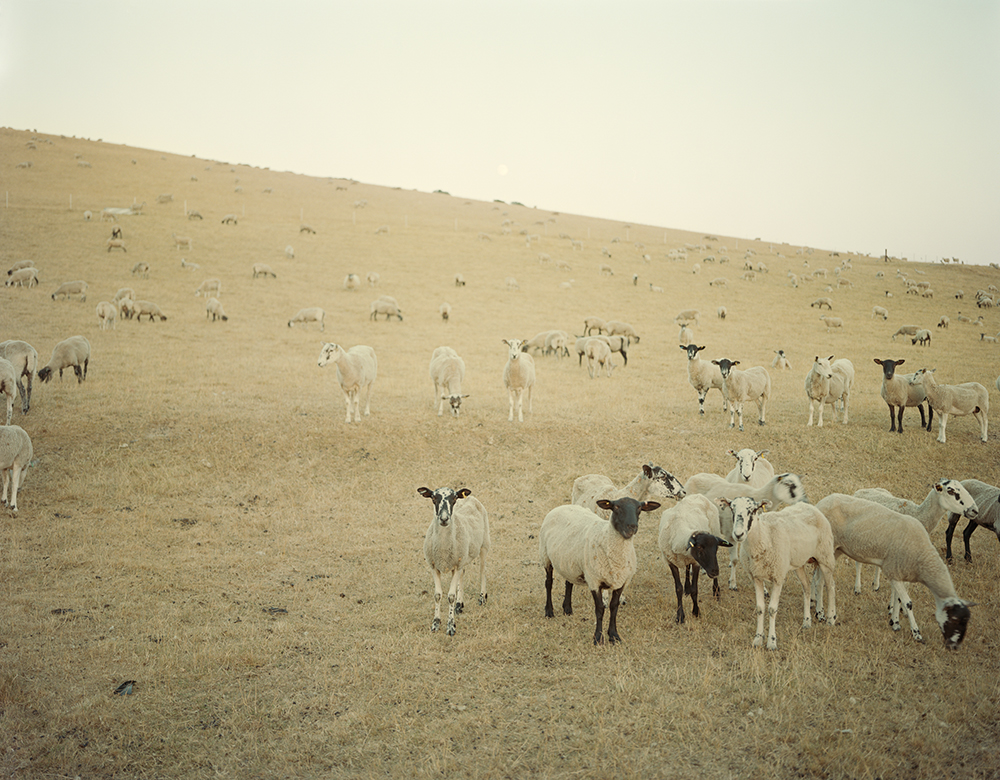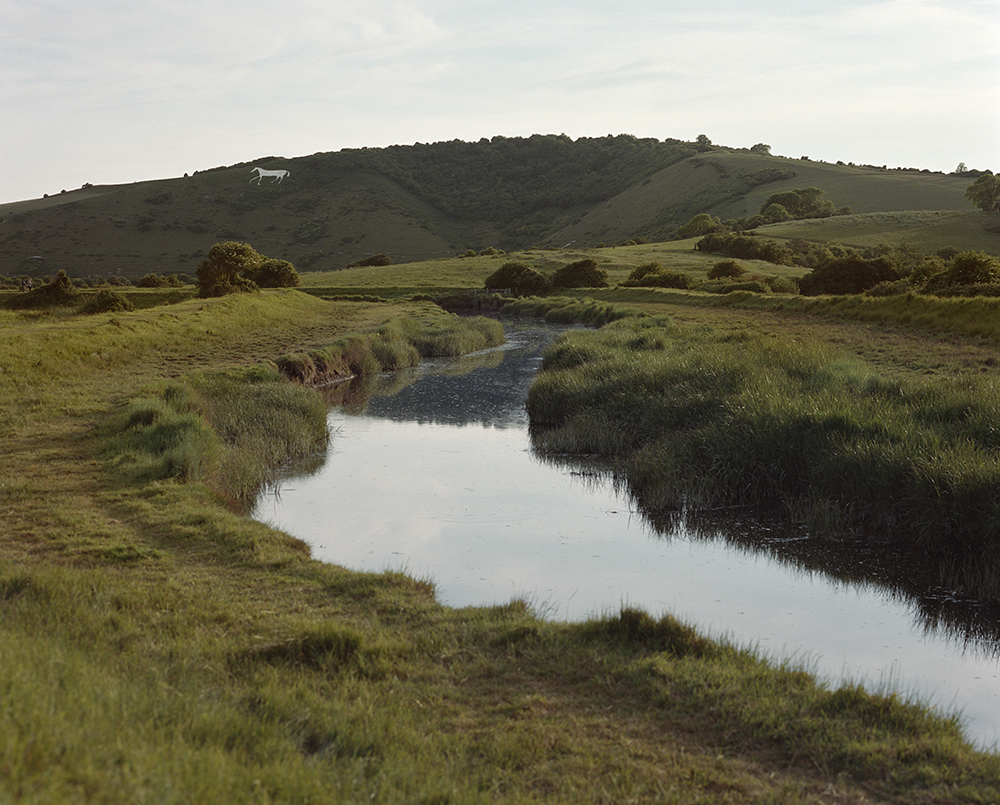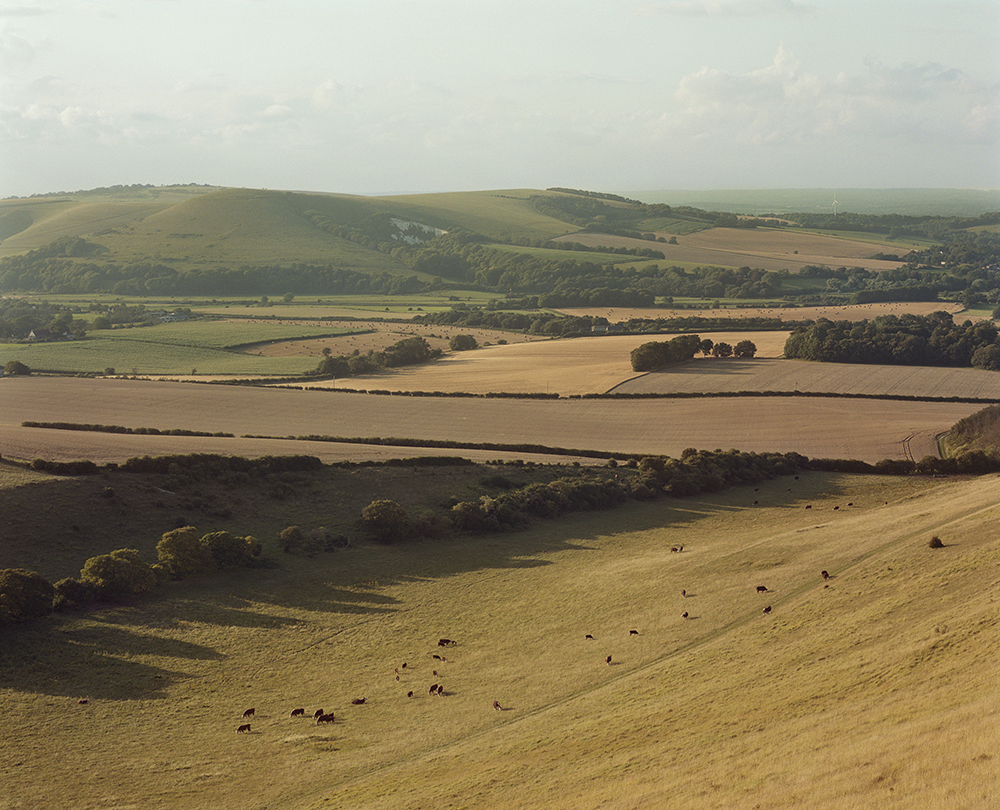From issue: #10 Care
We are at the end of a year that sparked a breaking point where familiar patterns of our lives have shifted. At the same time 2020 allowed us to reset our relationship with nature. Going outside for daily walks became the very needed treat in the new normal. As we enjoyed observing the metamorphosis from bare knotted branches that turn into blossoms and leaves in spring, vast green fields in summer, misty autumn mornings and the wet winter days with descending daylight.
Murray Ballard’s series Lureland reconnects us with nature while exploring the wilderness of the South Downs, sequenced according to the seasons.

Ballard was intrigued by the mythologies and oddities of the green chalk hill landscape that encompasses the South-Eastern coastal region of England. Having been inhabited since ancient times, the rich heritage, mythology and folklore of the South Downs were the starting point for his series. Inspired by the writer Robert Macfarlane, Ballard gave himself the time to explore the landscape and its beauty by walking.
The series title Lureland in fact refers to the ‘photographic allure’ one has while adoring nature. There is no denying that his documentary narrative quotes Macfarlane’s literary observations as well as the watercolour paintings by Eric Ravilious. Both made direct reference to nature around the area which is taken on by Ballard.

Ballard repeatedly draws references to the landscapes’ history and its current use. Lureland was also the name given to the South Downs by authorities trying to attract people to the area after World War II to restart and recover from the traumas of war. In the 54 colour photographs, Ballard is especially drawing attention to human impact on nature. The presence of agriculture has shaped the landscape and in fact shaped its now-famous looks, such as the structured lines and patterns of the fields or the depiction of the Southdown sheep.

As one of four artists commissioned to create new works for the redevelopment of the Royal Sussex Hospital, Ballard aims to contribute to patient’s wellbeing. The healing effect of embracing nature that most of us have experienced in this past year enters the hospital. The series connects with the outside and forms an invitation to escape the clinical, sterile modernity.
Find out more about Murray Ballard’s process for the 3Ts project below:
About CONNECT
Photoworks in partnership with Brighton and Sussex University Hospitals NHS Trust, Willis Newson and the University of Brighton have commissioned four new works for CONNECT – the 3Ts hospital redevelopment public art programme.
These commissions deliver a permanent collection of photographic artworks sited across 36 public waiting rooms within the new 3Ts redevelopment of Brighton’s Royal Sussex County Hospital to open soon.
CONNECT, the public art programme for the hospital, will create a distinctive identity for the hospital and a lasting legacy of accessible, high-quality public art for the city, county and community. Underlining a sense of place connecting patients and the local environment, the four themes chosen for the photography programme of CONNECT are Sussex, South Downs, Brighton and Coast.
Text: Julia Bunnemann, Photoworks
Learn more about Murray Ballard Learn more about 3TS Read more Photography+ here




